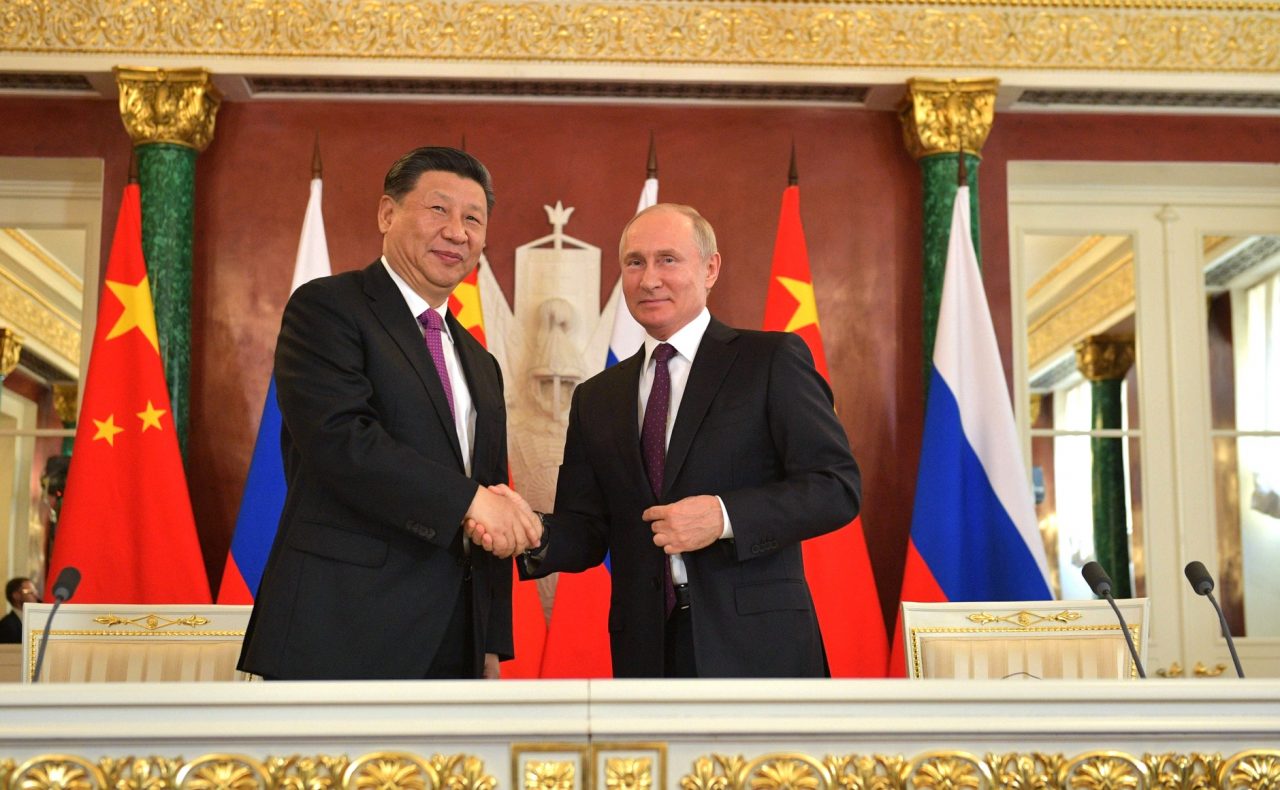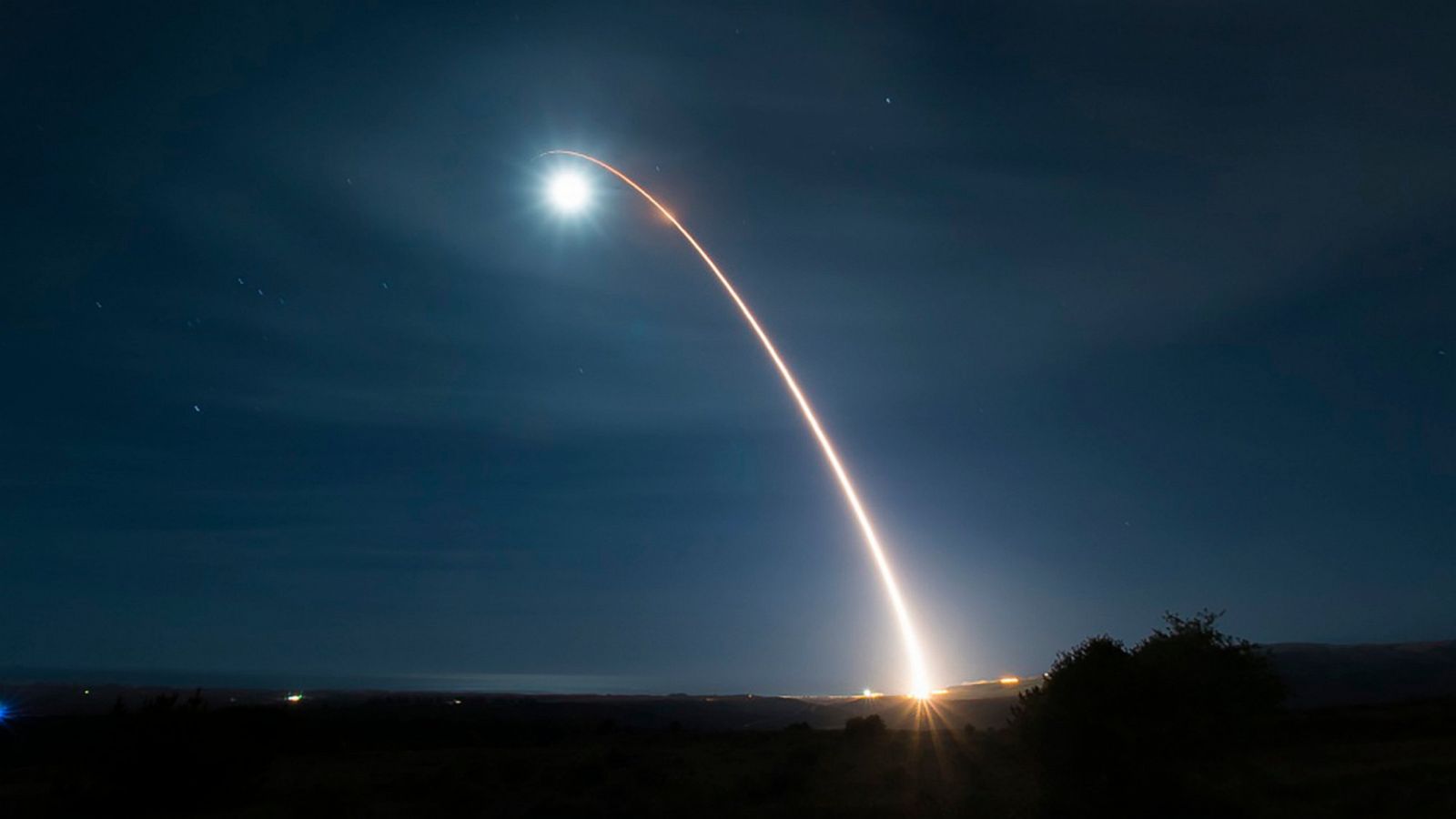China and Russia are building military prowess to target GPS and other space-based systems, US Deputy Secretary of Defense Kathleen Hicks said as both communist allies look to sabotage US military might.
Hicks said that “more than ever before, space is integral to military operations.” “And our competitors know it. They realize how much the American way of life and the American ways of war depend on space power, and they want to undermine our advantage here.”
China “is rapidly expanding its space and counter-space capabilities and integrating them into a broader strategy to challenge our joint force.” “It’s why Russia has used counter-space threats to bolster its attempts to thwart US interests and those of our allies and partners,” Hicks argued.
“Both Russia and the PRC are evolving their military doctrines to extend into space. They’re both deploying capabilities that can target GPS and other vital space-based systems. And we’ve seen both countries conduct operations against us and our allies and partners to degrade our space advantages,” the US deputy defense secretary insisted.
China is showing signs of gearing up for a potential nuclear test, with the latest satellite images revealing the reconstruction of a secretive facility where the nation conducted its first atomic bomb detonation nearly 60 years ago.
In its recent report, The New York Times, citing satellite images of the Lop Nur nuclear test base, disclosed significant developments, including drilling a deep vertical shaft reaching at least a third of a mile into the ground.
This military base has seen the addition of newly drilled boreholes designed to contain radiation from substantial nuclear explosions, along with numerous other upgrades and expansions.
The primary support base for the Lop Nur nuclear test area, also known as Malan, spans over two square miles and has witnessed the addition or renovation of more than 30 buildings since 2017.
Furthermore, satellite images have revealed a network of freshly graded dirt roads spanning dozens of miles in the eastern region of Lop Nur, leading southwest toward an old testing area.
In the desert where China detonated its first atom bomb nearly 60 years ago, new evidence shows that Beijing is quietly rebuilding a base for nuclear tests. The move, experts say, could undermine a global ban and result in a new age of atomic rivalry. https://t.co/3RisOkPp6I pic.twitter.com/5stw6ZJFts
— The New York Times (@nytimes) December 21, 2023
Notably, horizontal tunnels, historically employed for nuclear weapons testing, show signs of recent excavation and construction, hinting at ongoing preparations for potential future tests.
The presence of a high-security facility featuring underground bunkers and security fences aligns with protocols associated with handling high explosives and nuclear devices.
Moreover, the base’s road network has expanded with several new roads extending about 30 miles to a new area in the eastern hills.
Satellite images also uncover drill rigs concealed in these hills. This discovery implies the potential development of a future underground test site.
The creation of deep vertical shafts in this newly established area also suggests preparations for more extensive atomic tests compared to the previous network of shallow horizontal tunnels.

Nonetheless, the report noted that this compelling evidence from the satellite images serves as the strongest indication to date that Beijing is actively considering the possibility of testing a next-generation of nuclear arms.
However, US intelligence officials acknowledge the possibility that China is readying itself for a nuclear test. However, they posit that President Xi Jinping may refrain from proceeding unless the United States or Russia takes the lead.
These officials propose that President Xi might take a prudent approach by drilling deep vertical shafts as a precautionary measure. This strategy would enable China to respond swiftly if the need arises.
Modernization Of China’s Nuclear Infrastructure
The heightened activity observed at Lop Nur signifies a comprehensive modernization effort within China’s nuclear infrastructure, raising concerns about the potential acceleration of arms buildups and initiating a new era of atomic competition.
Over the years, numerous experts have voiced concerns about the Lop Nur base, and in an April report by the Sasakawa Peace Foundation’s China Observer project, a group of China experts in Japan highlighted increased activity at Lop Nur, suggesting China’s possible aim to conduct subcritical nuclear tests.
The report identified a potential sixth testing tunnel under construction, noting the lengthy tunnel’s bends along the mountain’s terrain, indicating that the test site’s construction is reaching its final stages.
A Congressional Commission recently disclosed that China is rapidly progressing toward achieving nuclear parity with the United States and Russia, setting a target for the mid-2030s.
On the other hand, China’s Foreign Ministry consistently criticizes such reports, characterizing them as “hyping up China’s nuclear threat” and deeming them “extremely irresponsible.”

Since the announcement of the suspension of nuclear tests in 1996, the Chinese side asserts that it has consistently upheld this commitment and actively worked to defend the international consensus on prohibiting nuclear testing.
However, China is not the sole participant in such efforts. In September, reports indicated that, alongside Beijing, both Russia and the United States have been engaged in constructing new facilities and excavating tunnels at their respective nuclear test sites in recent years.
Overall, the unmistakable trend is that all three nations—Russia, China, and the United States—have devoted substantial resources, time, and funding not only to the modernization of their nuclear arsenals but also to the preparation of activities essential for potential nuclear tests.
- Contact the author at ashishmichel(at)gmail.com
- Follow EurAsian Times on Google News




